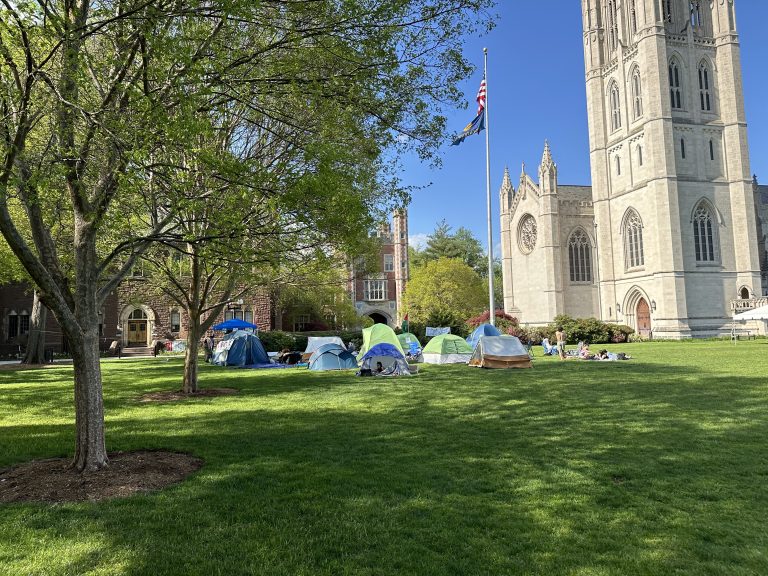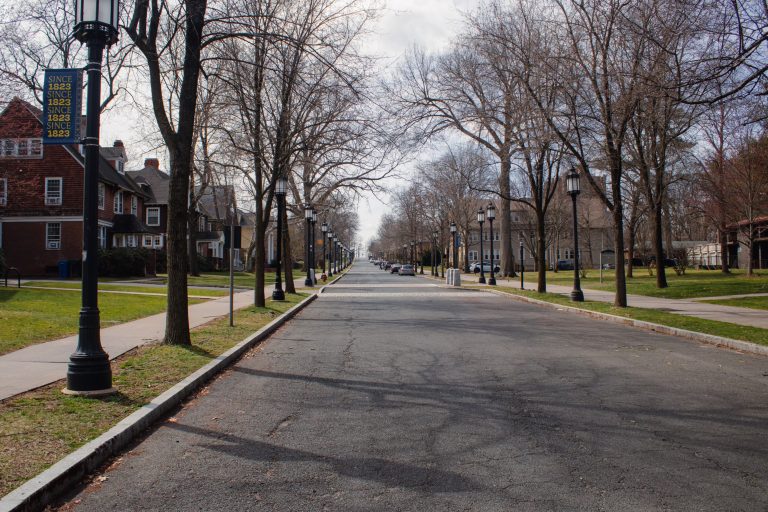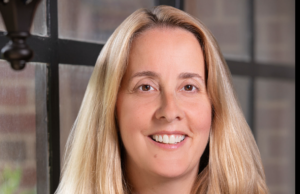Jack P. Carroll ‘24
Managing Editor
Trinity College recently announced the enrollment of 553 students for the Class of 2025. This total includes 20 students who applied last year and deferred their enrollment to this fall.
In the announcement on the College’s website, Dean of Admissions and Financial Aid Adrienne Oddi stated that, “Our Choices were driven by the strength of character the students demonstrated, along with their academic motivation and preparedness.” Oddi noted that, “Many high schools shifted how they were evaluating and grading students in the pandemic. As a result, we closely examined student transcripts down to the individual courses students took, while paying careful attention to the students’ presentations of themselves and the advocacy they were receiving from their communities.”
This year’s incoming students were drawn from a total of 5,697 applicants of which 36 percent were accepted–marking a one percent increase from 35 percent for the Class of 2024. In an emailed response to the Tripod, Oddi stated that “Trinity’s higher acceptance rate was influenced by our smaller applicant pool. We actually admitted fewer students than last year.”
The College’s applicant pool was down from previous years. Trinity accepted the Classes of 2023 and 2022 from an applicant pool of 6,121 and 6,112 respectively. Explaining this downward trend, Oddi told the Tripod that “Our applications this year dropped for first-generation college students and for students who identify as students of color. These declines are a part of larger, national trends where fewer first-generation college students and students of color are applying to colleges and universities.”
A College Board study from this month found that at four-year institutions some of the largest enrollment declines over the last year occurred among White and Asian students, “students with college-educated parents and strong academic achievement from more affluent communities and high schools.” While at two-year institutions, “the pandemic most adversely affected the college trajectories of first-generation, underrepresented minority, and lower-achieving students from higher-poverty communities and high schools.”
23 percent of Trinity’s incoming class identify as students of color which is an increase from 21 percent for the Class of 2024. The percentage of first-generation students is down to 12 percent from 14 percent last year.
Two figures were absent from Trinity’s announcement: gender ratio and scholarships. Oddi informed the Tripod that “About half our students identify as male and the other half identify as female with a small percentage of students identifying as nonbinary or gender nonconforming.” In addition to the 29 Davis United World Scholars that were announced, Oddi stated that “8 students are Presidential Scholars, 61 1823 Scholars, 25 Design Fellows, and 10 Posse Scholars.”
The Class of 2025 represents 34 U.S. states, the District of Columbia, and 80 countries. When asked about travel accommodations for international students, who account for 13 percent of this year’s class, Oddi told the Tripod that “We will continue to work with our international students who are not able to make it to campus next year. As COVID-19 cases continue to decline nationally, there are signs we will be able to welcome more and more of our international students back to Hartford.”
83 percent of this year’s applicants chose not to submit standardized test scores compared to 69 percent last year. Trinity has been a test-optional institution for more than five years.
Data regarding the size of the 2024 applicant pool was not immediately available.










+ There are no comments
Add yours